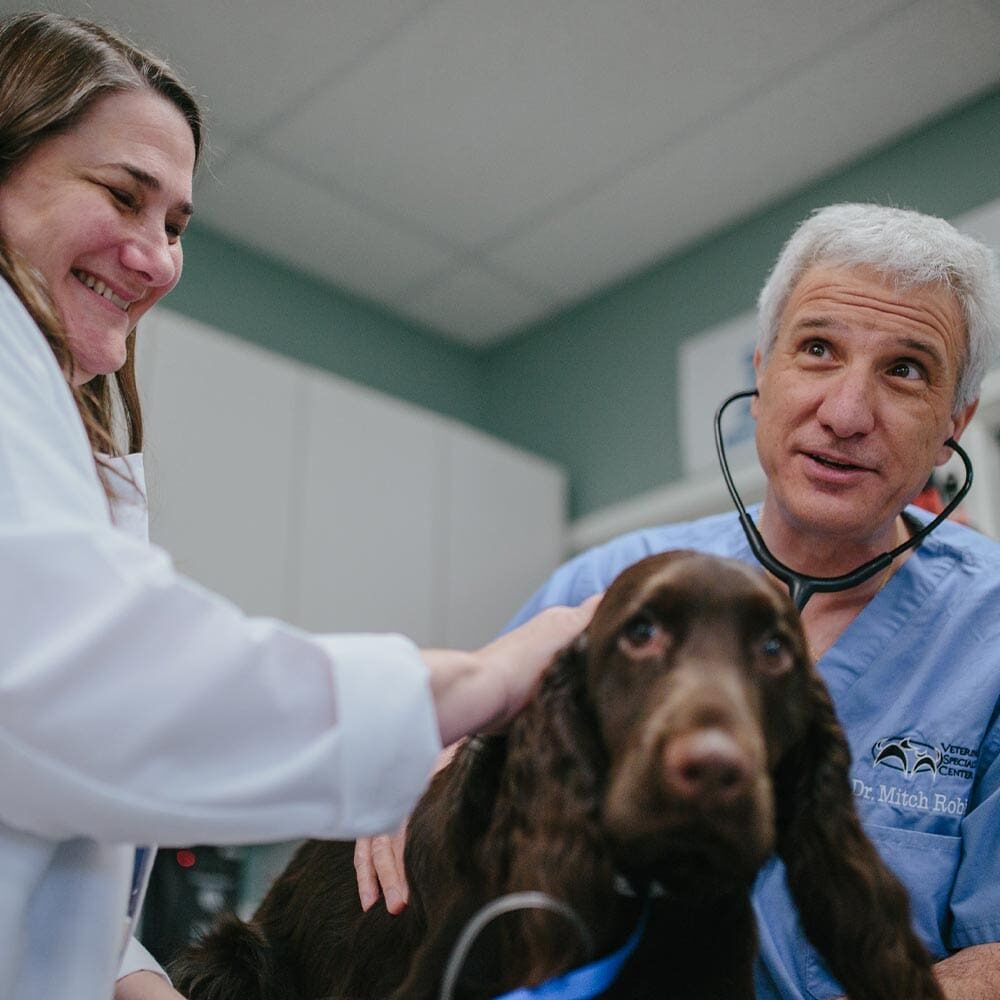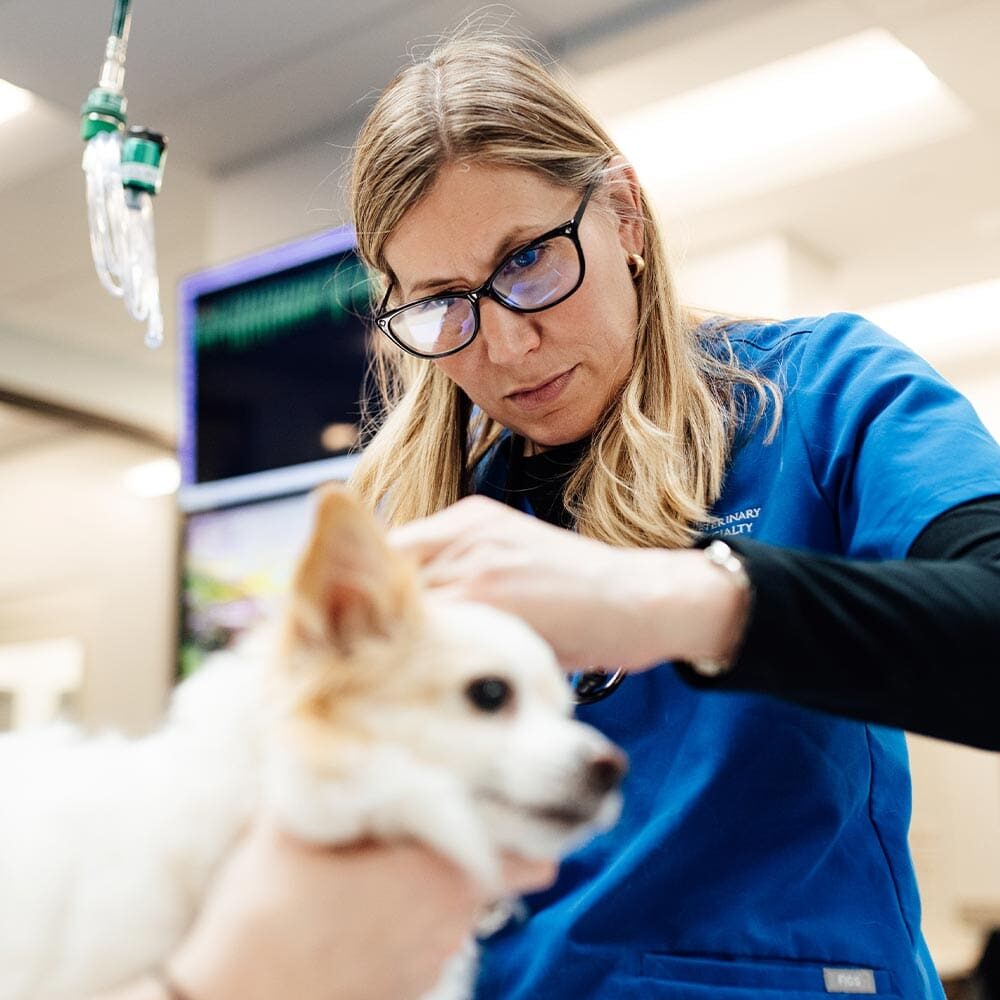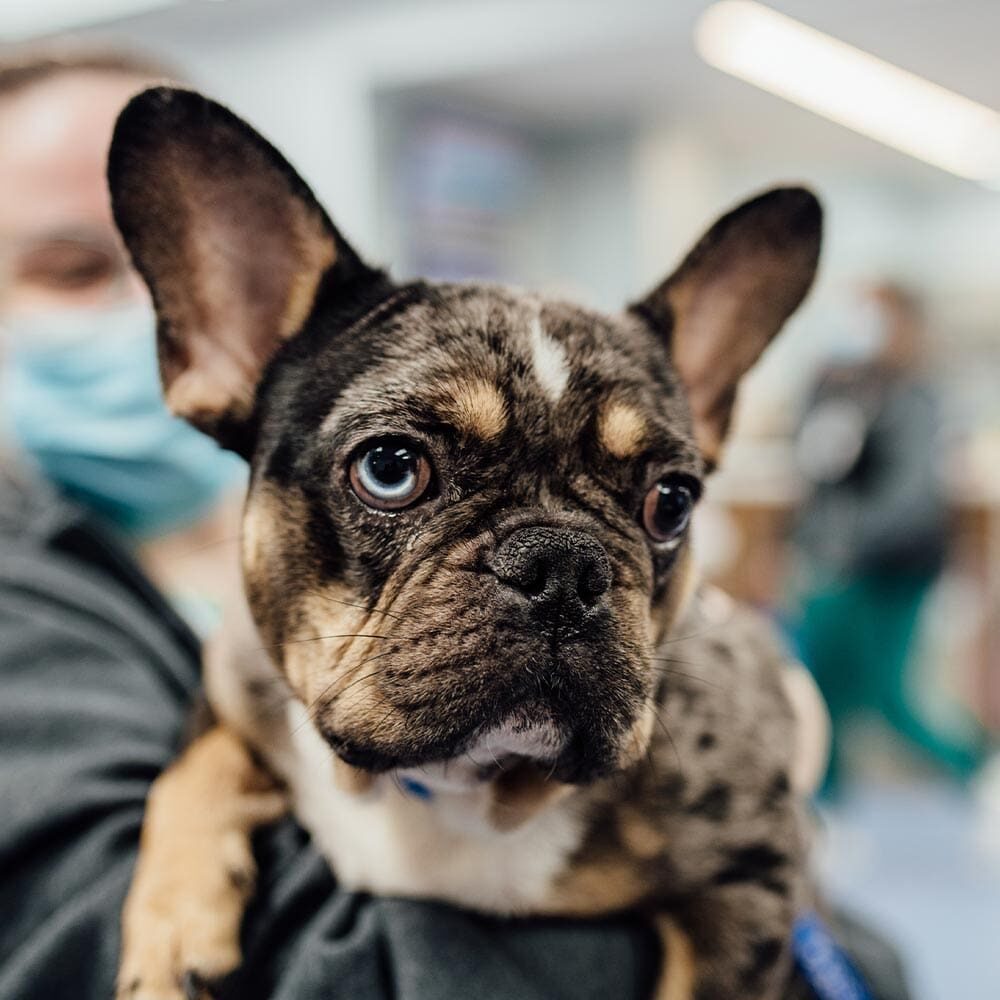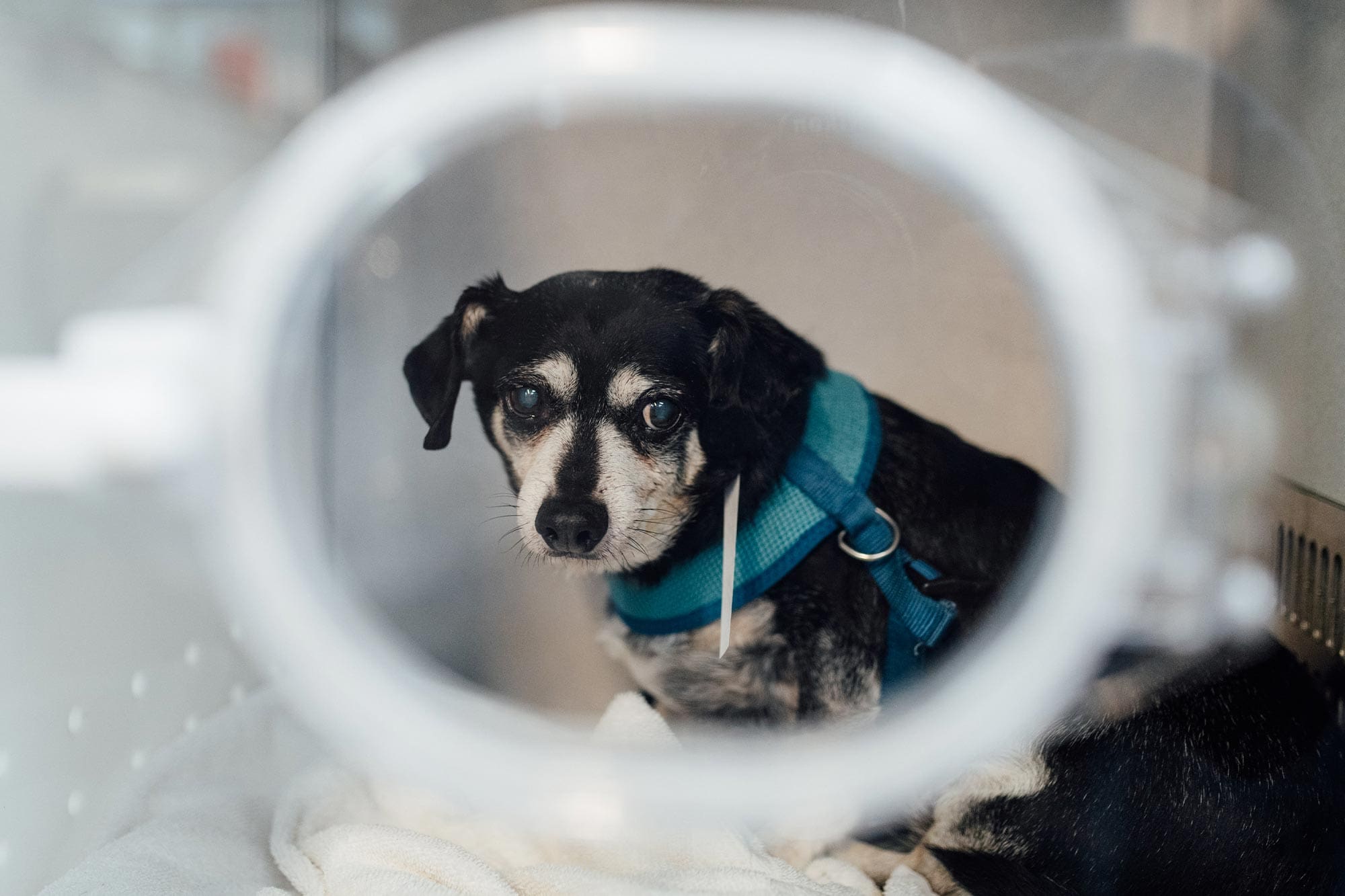The gall bladder is a sac-like storage organ that stores bile that is produced in the liver. Bile is excreted into the intestinal tract through the bile duct and aids in fat absorption. Cholangitis is the medical term for inflammation of the gall bladder. A gall bladder mucocele is a gall bladder with thickened bile that cannot be excreted through the bile duct.
What Causes Canine Gall Bladder Disease?


Cholangiohepatitis can occur due to inflammation or infection of the gall bladder or bile ducts. This inflammation can be caused by bacteria that travel from the intestinal tract into the gall bladder and bile ducts; this is the opposite of the normal direction of bile flow.
A mucocele is different than simple inflammation of the gall bladder, but the two can be associated (a mucocele can become inflamed, but inflammation of the gall bladder cannot cause a mucocele). A mucocele is a problem that is seen more commonly in certain breeds (Shetland Sheepdogs) in which the gall bladder wall becomes thickened and congealed. Instead of a thin wall, the wall has the texture, consistency, and appearance of an avocado.
Clinical Signs
Patients with inflammation of the gall bladder can present in a variety of ways. Most have some abdominal discomfort, poor appetite, and altered liver values on lab tests. Patients with an infection in the gall bladder can have a fever and be profoundly lethargic. Some patients with gall bladder disease will be icteric (jaundiced).
Patients with a mucocele can have variable signs. An early mucocele is sometimes an incidental finding in patients undergoing an ultrasound exam, and patients are asymptomatic with normal lab values. Other patients present for lab abnormalities that suggest altered biliary function, but appear clinically normal. Patients with obstructed bile flow are icteric (jaundiced) with poor appetites, nausea, and vomiting. Depending on the effect a mucocele is having on a patient’s liver and intestinal function will help guide decisions about how to treat the problem.
In rare cases, the gall bladder will rupture due to severe distention and obstruction. This will result in abdominal discomfort, severe lethargy, vomiting, and inappetence. If these signs are noted, your pet should be evaluated immediately as the rupture of the gall bladder requires immediate surgery.
Diagnosis
Tests that will be recommended for patients with suspected gall bladder disease include laboratory tests (blood and urine) as well as an ultrasound examination. Normal bile is the consistency of skim milk and appears black on an ultrasound exam; thickened bile can become the consistency of toothpaste, too thick to pass through the narrow bile duct. The gall bladder wall is normally thin with a smooth surface. A sampling of the liver or bile using ultrasound guidance may be recommended.
Treatment Options


Most patients with cholangitis are treated medically with antibiotics and medications that reduce the viscosity (thickness of the bile). Severely ill patients often require hospitalization for intravenous fluids, antibiotics, nutritional support, and monitoring. After recovery, medication may be necessary for months, and some patients require life-long therapy to help reduce the viscosity (thickness) of their bile.
In some patients, particularly those with an obstruction or mucocele formation, surgery is necessary to address inflammation or blockage of the gall bladder and bile duct. Surgery can include removal of the gall bladder or re-routing of the bile flow to another area of the intestine.
Prognosis
Patients with inflammation of the gall bladder from a bacterial infection generally recover fully when appropriately diagnosed and treated. Patients requiring surgery to remove or re-route the gall bladder can have a more complicated recovery, but fatal complications are rare. The gall bladder is not necessary for long-term survival, but a patent pathway for bile flow is, so some patients do have ongoing challenges associated with poor flow.


Long Term Follow-Up
Most patients with cholangitis or gall bladder mucocele are followed by the internal medicine specialists at Veterinary Specialty Center. Some require frequent follow-ups for lab tests and ultrasound until the disease has stabilized. Patients who have made a complete recovery are often released from specialty care. Because decisions about changes in medication are based on observations made during the physical exam in addition to other testing, we recommend that follow-up for this disease be done at Veterinary Specialty Center. All routine preventive care should continue with your primary care veterinarian.

